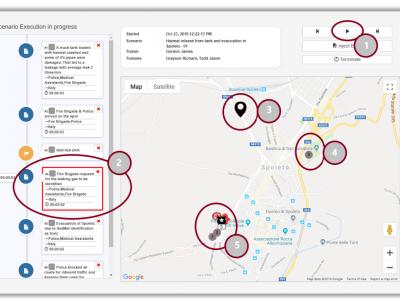Forest fires: Damage and Loss Assessment
Damages and losses produced by wildfires depend on fire regimes and ecosystems’ vulnerability to fire. Fire severity is one of the main factors affecting damages and losses.
Potential Solutions
Damages and losses produced by wildfires depend on fire regimes and ecosystems’ vulnerability to fire. Fire severity is one of the main factors affecting damages and losses. Fire severity spatial patterns within large fires can be very variable and are important for anticipating post-fire ecosystem responses, including associated risks. Fire regimes are projected to be more severe, promote more fire-prone ecosystems, and short-term fire loops. These changes would affect damages produced by wildfires. Most affected ecosystem services would be:
(1) Reduced soil and water conservation, and increased flooding and siltation risk downstream
(2) Increased carbon emissions and reduced ecosystem sequestration capacity
(3) Impacts on biodiversity: loss of vulnerable, not adapted species and habitat degradation
(4) Increased ecosystems degradation would reduce the provision of goods and services to society, both market and non-market valued. The management of Mediterranean areas prone to fire and drought should focus on to prevent risks.
Rationale & related CM function(s)
 |
Portfolio of Solutions web site has been initially developed in the scope of DRIVER+ project. Today, the service is managed by AIT Austrian Institute of Technology GmbH., for the benefit of the European Management. PoS is endorsed and supported by the Disaster Competence Network Austria (DCNA) as well as by the STAMINA and TeamAware H2020 projects. |

